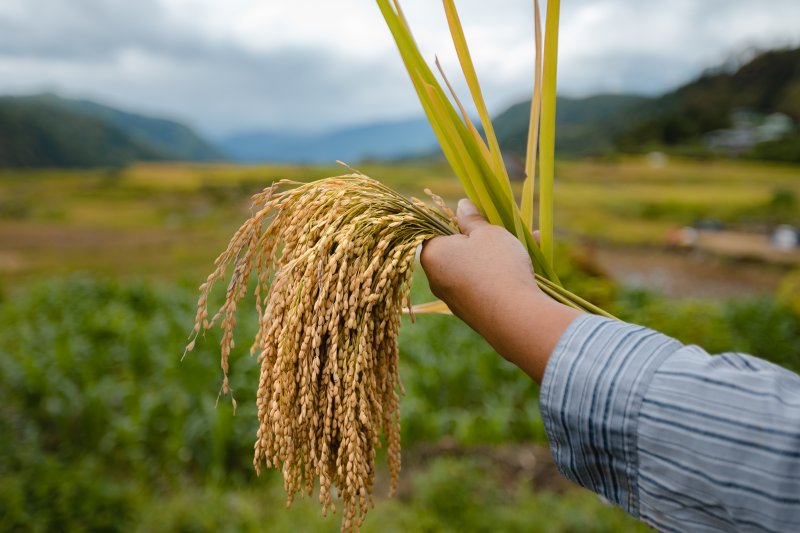The terraces of the Northern Philippines were made as if they were ascending to the heavens. And it turns out, they really are heaven sent.
These rice fields are not only a cultural treasure, but they are also a source of life for the Indigenous people as well as the numerous rice varieties across the country. On these ancestral lands rest the origins of over 300 variations of heirloom rice passed down from one generation to the next. And for good reason, considering heirloom rice’s exceptional nutritional value and international demand. In the US alone, the Rice Terraces Farmers Cooperative has exported around 100 metric tons of heirloom rice varieties such as tinawon and unoy since 2005, including a 24.4 metric ton shipment in 2012 worth P1.3 million.
The unoy or what locals call chong-ak is served during weddings, family reunions, and whenever an old relative is dying. Clusters of heirloom rice are displayed at the feet of the dead to symbolize their wealth.
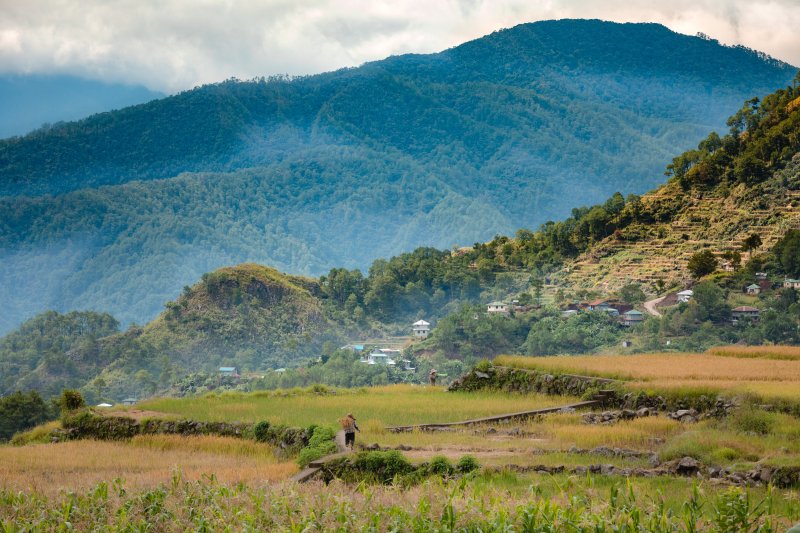
“Eto na ang kinagisnan namin,” says Arsiña Baluyan, 46, a local farmer who’s been introduced to the Sagada ways ever since she was young. Baluyan’s family owns a small piece of land where she plants heirloom rice—together with her 27-year-old son—for personal consumption, and then sells whatever is left in the market.
Unoy is a glutinous rice used to make desserts and rice wine. At this year’s Madrid Fusion Manila, pastry chefs Miko Aspiras, Peachy Juban, and Kristine Lotilla erected an “edible wall” using four heirloom rice varieties: Kalinga Apayao, Mountain Province violet rice, heirloom brown rice, and South Cotabato heirloom rice.
Decades ago, restaurants ignored terrace rice in favor of imported and lowland varieties because it was branded “poor people’s food.” But the recent discovery of Cordillera rice’s distinct qualities has given it a new lease on life and a steadily growing reputation.
While displays like this make a big impact on the local and international scene, a growing number of concerns has the agriculture sector worried. Although the rice is resilient, resistant to diseases, and withstands weather stress, small farmers can only produce so much, especially with the crop’s low-yielding capacity. Baluyan says they also have pest problems with field rodents.
This is where the Heirloom Rice Project comes in. Under the Food Staples Sufficiency Program (FSSP) of the Department of Agriculture (DA) and supported by the International Rice Research Institute (IRRI), the project’s goal is to enhance productivity and preserve tradition by empowering the local community through a rice-based ecosystem.
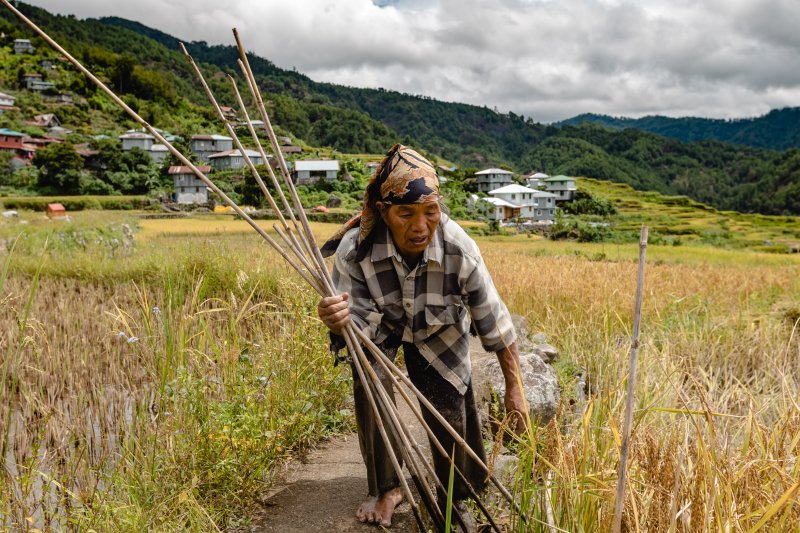
In a span of three years, the project was able to make 14 two cropping seasons in farmer field schools with 290 farmer graduates, 12 demonstration aids, and seed production farm for farmer-preferred varieties. The project also teaches farmers to characterize native or heirloom varieties in climate-proof provinces, enhancing their entrepreneurial skills through enterprise building by packing and branding heirloom rice. Farmers learn to recognize and trace the grain depending on its geographical identification.
In an effort to commercialize heirloom rice yet maintain the rice terraces and continue to provide local livelihood, one runs the risk of throwing off the equilibrium. It’s a puzzle in need of creative solutions, and one that the new generation of farmers must solve.
Product development is another focus, with the goal of creating consistently premium-grade heirloom rice with excellent nutritional value, texture, grain quality, pest resilience, and drought tolerance. Together, the DA and IRRI are creating projects to meet these goals using the latest technology in rice production such as the web-based decision support tool for accurate farming called Rice Crop Manager and the satellite-based Philippine Rice Information System for rice forecasting and monitoring.
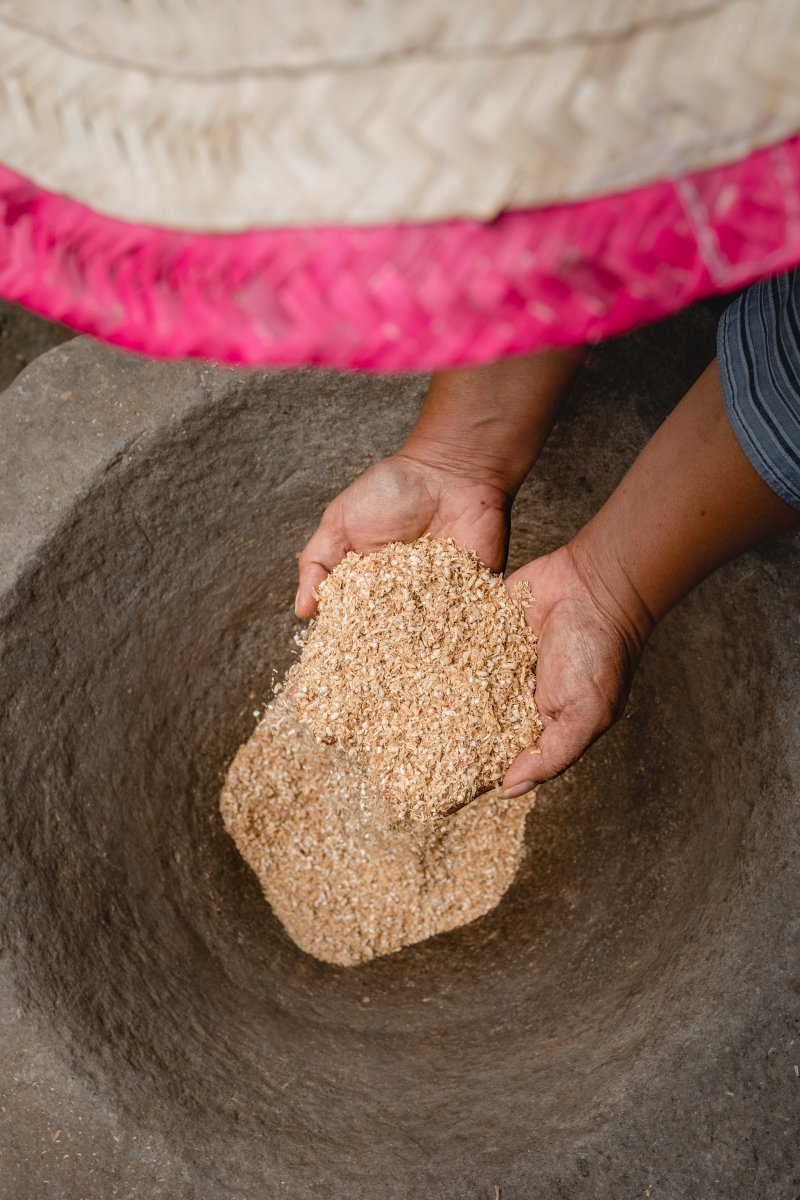
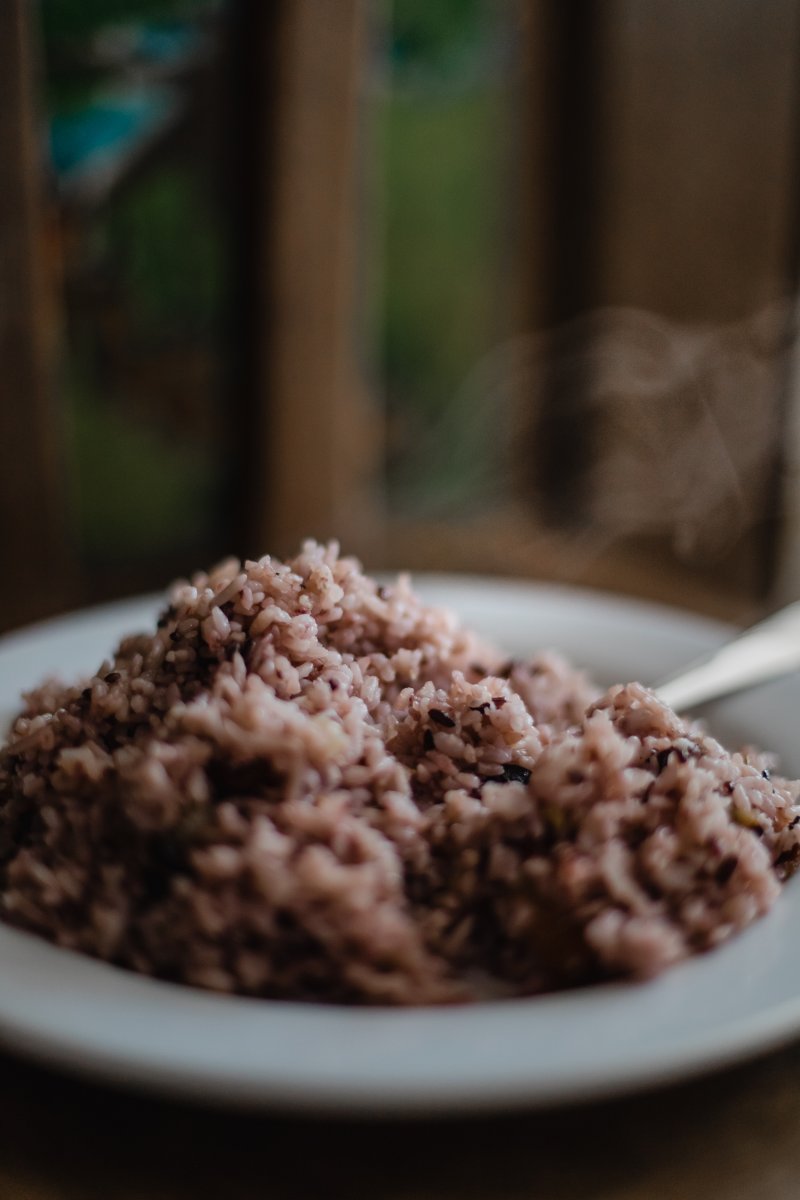
Now, in Manila, a change is trickling down. Decades ago, restaurants ignored terraces rice in favor of imported and lowland varieties because it was branded “poor people’s food.” But the recent discovery of Cordillera rice’s distinct qualities has given it a new lease on life and a steadily growing reputation. Tapping this low-commodity crop’s potential could make it more available for a wider market.
Tourism is just as important. While attracting travelers means that locals and UNESCO are hard at work imposing regulations to preserve heritage sites, it’s a tricky situation that needs to be balanced carefully. In an effort to commercialize heirloom rice yet maintain the rice terraces and continue to provide local livelihood, one runs the risk of throwing off the equilibrium. It’s a puzzle in need of creative solutions, and one that the new generation of farmers must solve.
Originally published in F&B Report Vol. 14 No. 5





